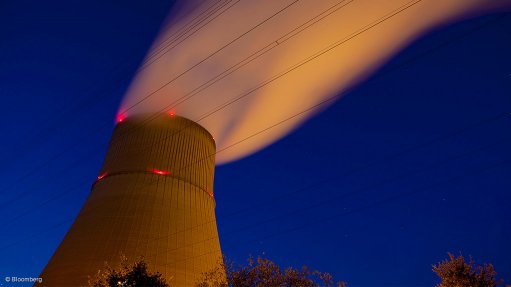
Photo by: Bloomberg
Worldwide, the nuclear industry would benefit if it was possible to develop closer cooperation between national regulatory authorities and between them and the industry itself, as is the case with the aviation industry. This was affirmed by World Nuclear University (WNU) lecturer Francois Perchet at the WNU one-day course being held at the University of Pretoria on Monday.
In aviation, a sector which demands the highest safety standards, certification of a new airliner by the European Aviation Safety Agency means that it is automatically certified in all European Union member States. Similarly, many countries automatically accept certification by the US Federal Aviation Administration. "We are far from this model in the nuclear industry, maybe because the size of the market is smaller," he said.
In the nuclear sector, countries retain national regulatory and certification authorities, which operate separately and independently of each other. Thus, Areva's latest reactor design, the European Pressurised Water Reactor (better know as the EPR), has had to be separately certified by the French, Chinese, Finnish and UK nuclear safety agencies.
Another important issue facing the industry around the world is skilled personnel. "There is a huge need for education and training," he affirmed. "We have shortages of nuclear-skilled workforces all of the world, at this stage. There are also shortages of regulators to consider new reactor programmes."
However, the increasing optimism in the nuclear industry worldwide is attracting new and young workers into the sector. At the moment, 298 new nuclear power plants are planned around the world. Of these, 94 are in Organisation for Economic Cooperation and Development countries (this group includes most of the established developed countries), 106 in China and 40 in countries that used to be part of the Soviet Union.
From initial design to final decommissioning, a modern nuclear power plant programme could last as long as 100 years, and involve up to three generations of engineers. The scale of work involved (and thus the job creation potential) in building a third generation nuclear power plant is substantial. It involves some 4 000 t of forgings, about 200 pumps, more than 5 000 valves, around 210 km of piping and more than 2 000 km of cabling. The conduction phase of a nuclear power plant can take from seven to ten years.